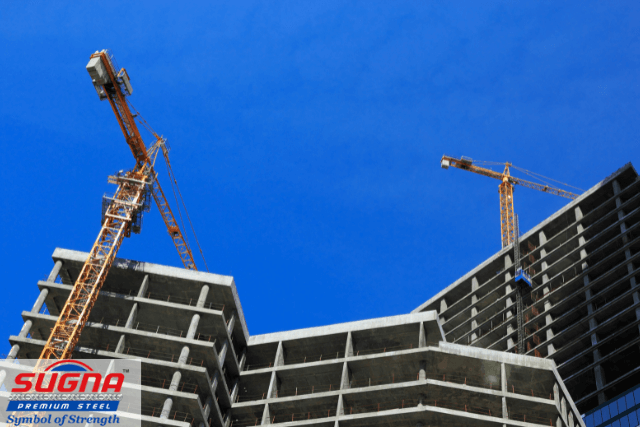Concrete is a universally utilized construction material, famed for its strength, flexibility, and longevity. Coarse aggregate, an integral part of this mix, is an often overlooked player. So, let’s dive deep into understanding the role of coarse aggregate in concrete construction!
Importance of Coarse Aggregate in Concrete Construction

Coarse aggregate is a critical ingredient in concrete mixes. It plays a central role in adding volume, improving durability, and delivering strength to the structure. While the binder (cement) glues everything together, coarse aggregate takes up space, reducing the amount of expensive binder needed.
Types of Coarse Aggregate
There are two broad categories of coarse aggregate: Natural Aggregate and Synthetic Aggregate.
Natural aggregates are derived from nature, like gravel and crushed stone, while synthetic aggregates are manufactured, like blast furnace slag.
Characteristics of Coarse Aggregate
Key characteristics of coarse aggregate include Size, Shape, Texture, Strength, and Durability. The right balance of these attributes can significantly impact the quality of the final product, affecting concrete workability, strength, and durability.
Role of Coarse Aggregate in Concrete Strength
Coarse aggregate is primarily responsible for the strength of the concrete mix. Its properties directly influence the compressive strength of the concrete, contributing to the load-bearing capacity of the structure.
Impact of Coarse Aggregate on Workability
Coarse aggregate can affect the workability of the concrete. Well-graded aggregate of various sizes ensures good workability, as smaller particles fill the gaps between larger ones, producing a denser and more workable mix.
Challenges in Coarse Aggregate Use
The main challenges include the Depletion of Natural Resources and Environmental Impact due to excessive quarrying and the energy-intense manufacturing of synthetic aggregate.
Future of Coarse Aggregate in Construction
As we look to the future, sustainable practices, innovative materials, and technology will undoubtedly play a significant role in how we use coarse aggregate in concrete construction.
Impact of Coarse Aggregate Quality on Project Cost
The quality of aggregate can greatly impact project costs. Higher-quality aggregates can improve durability, reducing repair and maintenance costs in the long run.
Coarse Aggregate in Concrete Construction: Key Takeaways
Coarse aggregate, in essence, is the backbone of concrete. Its selection, quality, and usage directly impact a construction project’s strength, durability, workability, and cost.
FAQs
What is the size of coarse aggregate used in concrete?
Coarse aggregates are typically 9.5 mm to 37.5 mm in diameter.
Can we use any type of stone as coarse aggregate?
Not all stones can be used as aggregate. They must have adequate strength, durability, and should not react with cement.
How much coarse aggregate is used in concrete?
The typical ratio of cement : sand : aggregate in concrete is 1 : 2 : 4.
What happens if we use too much aggregate?
Too much aggregate can make the concrete mix unworkable and compromise its strength.
Can recycled materials be used as coarse aggregate?
Yes, recycled materials from construction and demolition waste can be used as a sustainable alternative to natural aggregate.
Conclusion
Coarse aggregate forms an integral part of concrete construction, playing an indispensable role in shaping our built environment. From the pyramids of Egypt to our modern skyscrapers, none would stand without the humble aggregate!

